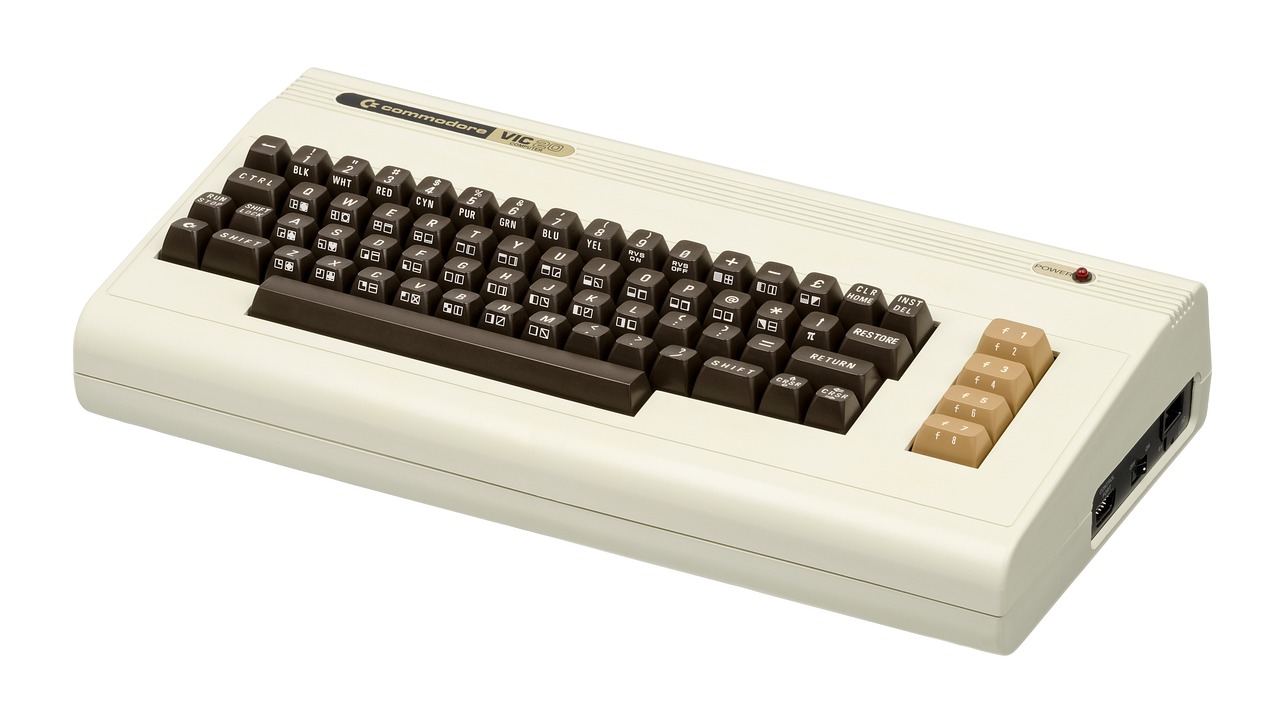The Birth of Retro Computing: Exploring the Origins and Early Days
Retro computing, a term used to describe the fascination with vintage computers and their technology, has gained significant popularity in recent years. But where did it all begin? The birth of retro computing can be traced back to the early days of computing, when computers were massive, expensive, and accessible only to a select few.
In the 1940s and 1950s, computers were primarily used by governments, research institutions, and large corporations for scientific calculations and data processing. These early computers, such as the ENIAC and UNIVAC, were enormous machines that filled entire rooms and required teams of operators to function. They used vacuum tubes and punched cards for input and output, making them slow and cumbersome by today’s standards.
The Golden Age of Retro Computing: Unveiling the Pioneering Technologies and Iconic Machines
The 1970s and 1980s marked the golden age of retro computing, with the introduction of personal computers that revolutionized the industry. Companies like Apple, Commodore, and IBM released iconic machines that would shape the future of computing.
One of the most influential machines of this era was the Apple II, released in 1977. It was the first mass-produced personal computer to feature color graphics and a built-in keyboard. The Apple II became a platform for software development and gaming, with titles like "Oregon Trail" and "Lode Runner" capturing the hearts of millions.
Another iconic machine from this era was the Commodore 64, released in 1982. It became the best-selling home computer of all time, with its affordable price and impressive capabilities. The Commodore 64 had a vast library of games and applications, making it a favorite among gamers and hobbyists.
The Rise and Fall: Tracing the Decline and Resurgence of Retro Computing
As technology advanced and computers became more powerful, the interest in retro computing waned. The focus shifted to newer, faster machines, leaving the vintage computers to gather dust in attics and basements. However, in the late 1990s, a resurgence of interest in retro computing began to emerge.
The rise of the internet and online communities allowed enthusiasts to connect and share their passion for vintage computers. Websites like Vintage Computer Forums and Retrocomputing Stack Exchange became hubs for discussions, troubleshooting, and trading of retro hardware and software.
Additionally, the availability of emulators and virtual machines allowed users to experience retro computing without the need for physical hardware. This accessibility sparked a renewed interest in retro gaming and software development, with enthusiasts creating new games and applications for vintage platforms.
The Modern Retro Computing Movement: How Nostalgia and Innovation Merge
Today, the retro computing movement continues to thrive, driven by a combination of nostalgia and innovation. Retro enthusiasts are not only preserving and restoring vintage machines but also pushing the boundaries of what these machines can do.
One example of this is the Raspberry Pi, a credit card-sized computer that has become a favorite among retro computing enthusiasts. With its low cost and versatility, the Raspberry Pi can emulate a wide range of vintage computers and gaming consoles, allowing users to relive the past while exploring new possibilities.
The modern retro computing movement also extends beyond hardware emulation. Retro-inspired games, such as "Shovel Knight" and "Stardew Valley," have gained widespread acclaim, proving that there is still a market for pixel art and nostalgic gameplay.
In conclusion, the history and evolution of retro computing have seen significant milestones, from the birth of massive mainframe computers to the rise of personal computers and the subsequent decline and resurgence of interest. Today, the modern retro computing movement combines nostalgia with innovation, allowing enthusiasts to preserve the past while exploring new possibilities. Whether it’s restoring vintage machines or creating new games, retro computing continues to captivate and inspire a new generation of technology enthusiasts.

